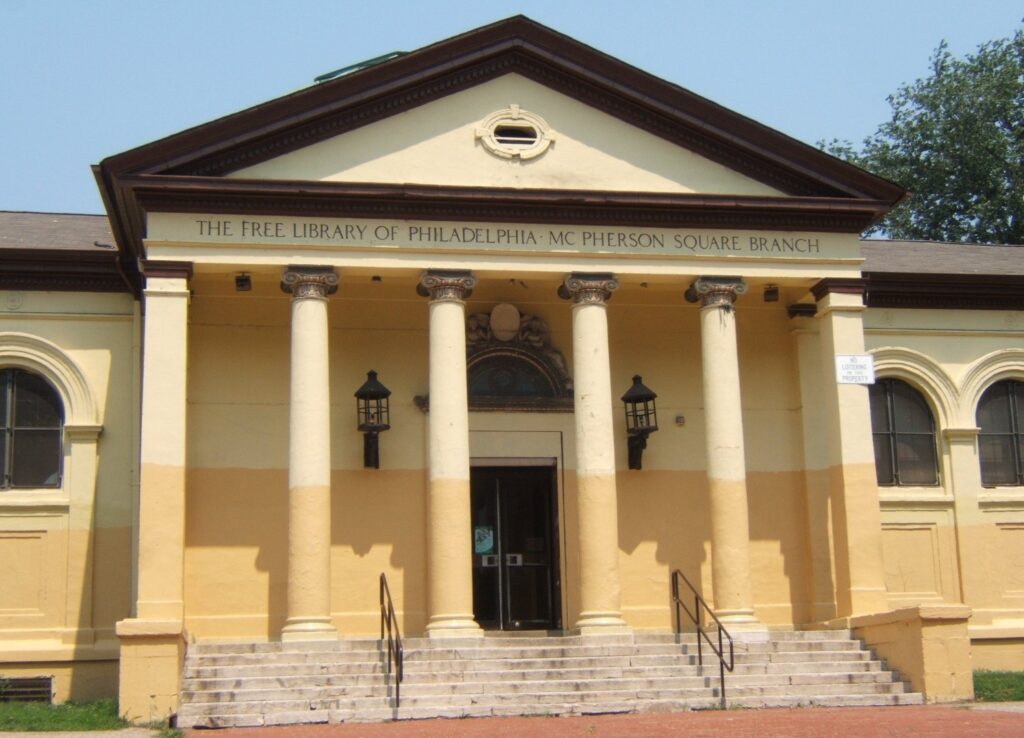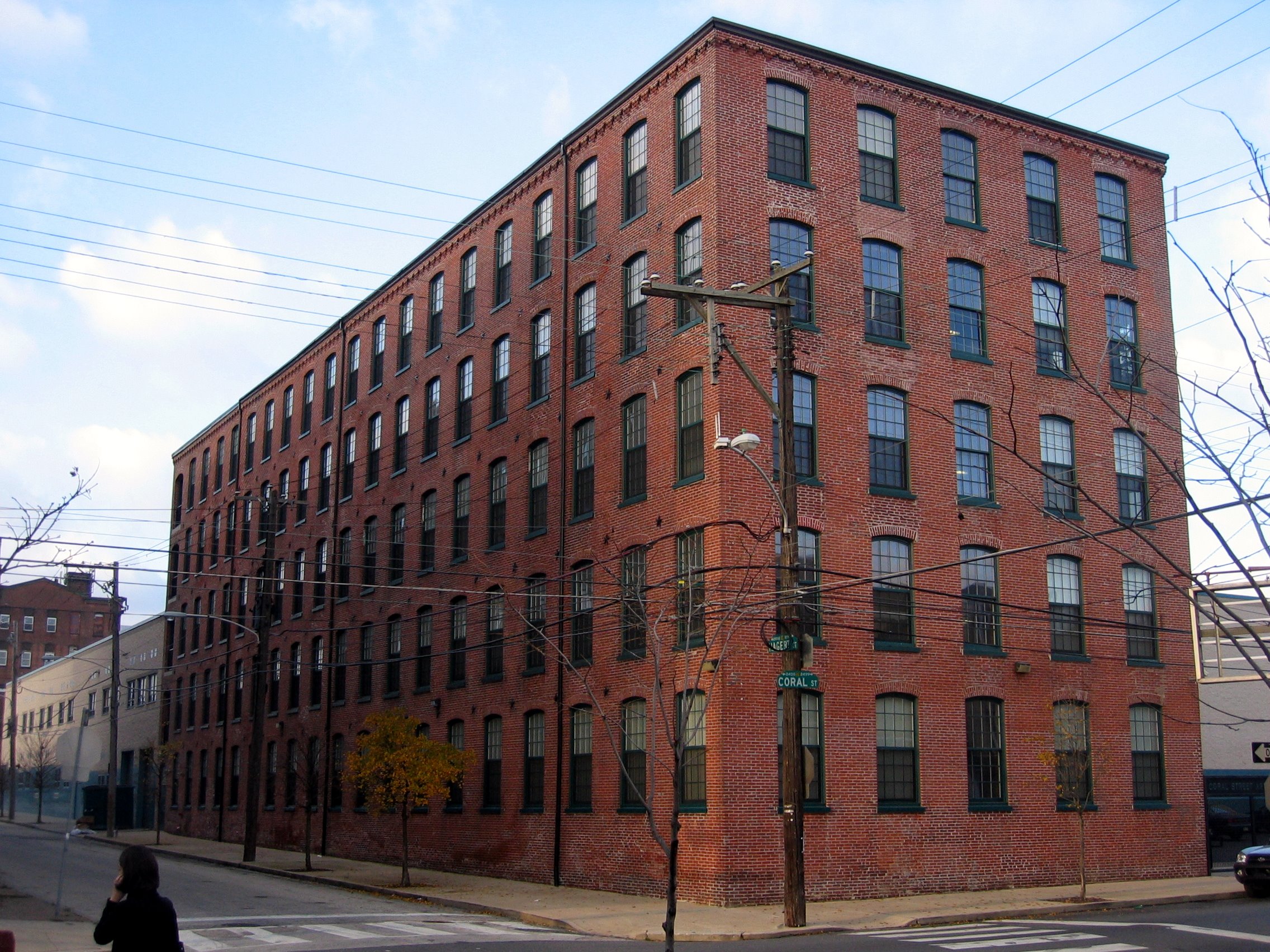Kensington in Philadelphia
Kensington, primarily known as a working-class neighborhood, owes its identity to its geographical boundaries. It is located in the lower northeast portion of the city of Philadelphia. The neighborhood’s contours, much like its history, are layered and complex. Often, the borders of Kensington are a topic of debate among locals, with the most conservative boundaries including Front Street and 5th Street to the west, the Amtrak train tracks to the north, Trenton Avenue and Frankford Avenue to the east, and Cecil B. Moore Avenue to the south.
Subsections of Kensington
This neighborhood comprises several smaller subsections, each with their signature characteristics. Central Kensington, also known as the “Heart of Kensington,” was historically the commercial hub of the neighborhood. This area is densely populated, but also the epicenter of the neighborhood’s social issues.
Lower Kensington, lies below Lehigh Street, and is witnessing a wave of gentrification. Its proximity to Fishtown has attracted a higher income demographic, leading to escalating property values. West Kensington, on the other hand, retains its authentic Kensington identity, despite the changing socioeconomic dynamics.
The Historical Tapestry
Kensington’s roots trace back to the early 1730s, when it was founded by Anthony Palmer. Named after the residential borough of Kensington in London, the neighborhood flourished as a bustling hub for shipbuilders and fishermen in the 18th and 19th centuries.
Industrial Revolution and Aftermath
The dawn of the 19th century saw Kensington transition to iron and steel manufacturing, housing a myriad of factories, potteries, and machine works. By the mid-19th century, it emerged as a leading center of the textile industry, particularly in carpet manufacturing. However, the wave of deindustrialization in the 1950s led to increasing poverty, economic decline, and abandonment of some sections of the neighborhood.
Demographics and Cultural Mosaic
Kensington is home to a diverse population. The majority of its residents are Hispanic or Latino, predominantly comprising Puerto Rican and Dominican Americans. The neighborhood also hosts a significant number of African Americans, Irish Americans, Polish Americans, and Asian Americans. Furthermore, Kensington has recently seen an influx of primarily white young urban professionals, indicating a trend of gentrification.
Gentrification and Its Implications
The process of gentrification in Kensington has its pros and cons. On the one hand, it has led to a surge in property values and economic development. On the other hand, it has raised concerns about the displacement of long-term residents who could be priced out due to rising rents.
Parks, Gardens and Community Spaces
Despite its urban setting, Kensington is dotted with several parks, playgrounds, and community garden spaces. These green spaces, ranging from Harrowgate Park and McPherson Square to the Emerald Street Community Farm, provide residents with pockets of respite and community gathering spaces amidst the bustling city life.
Activism and Community Development
Kensington’s residents have shown remarkable resilience in the face of ongoing social issues. The neighborhood has witnessed protests and activism, particularly related to issues like the indefinite closure of the Somerset Station and the proposal to open a supervised injection site in the area.

Community Development Corporations
Several community development corporations have been working tirelessly to improve housing conditions and boost economic activity in the area. These organizations include Impact Services, HACE, New Kensington CDC, and the Kensington Corridor Trust.
Government and Infrastructure
Kensington is represented on Philadelphia’s City Council by Districts 1 and 7. The neighborhood is primarily served by the Kensington Post Office and is accessible via the SEPTA’s Market–Frankford Line and City Bus routes.
Education
Kensington hosts a mix of public and charter schools, serving the educational needs of its residents. Moreover, the Free Library of Philadelphia operates two branches in the neighborhood, providing a wealth of resources for learning and community engagement.
Notable Residents
Despite its challenges, the neighborhood has been home to various notable individuals, ranging from professional athletes to artists and politicians. These individuals have left their mark not just on Kensington, but on Philadelphia and beyond.
The area, with its rich history, diverse demographics, and evolving socio-economic landscape, embodies the spirit of resilience and community. As it continues to navigate through its challenges and opportunities, the neighborhood remains a unique and integral part of the city of brotherly love.
